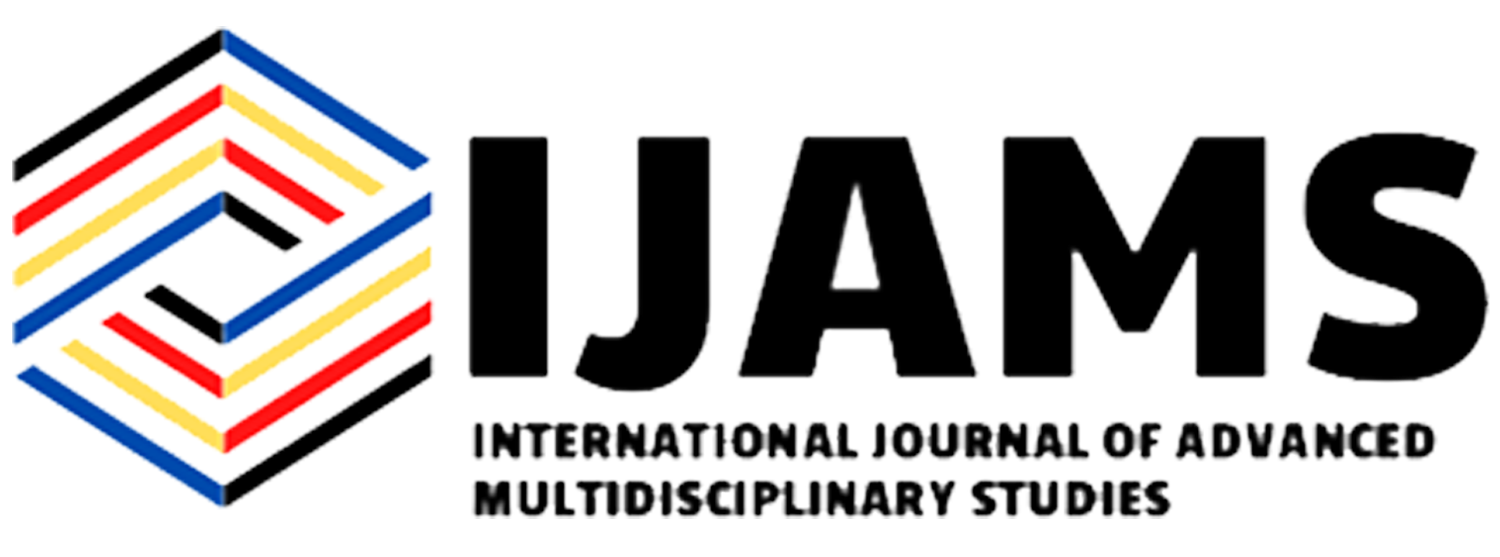ISSN: 2782-893X
eISSN: 2799-0664
 ISSN: 2782- 893X
ISSN: 2782- 893X


—— This study examined the influence of motivation on student’s classroom engagement at Maliwalo National High School in Tarlac City during the 2023-2024 academic year. The research objectives were to: a) provide a detailed overview of the respondents’ demographic characteristics, including sex, participation in school clubs/organizations, involvement in extracurricular and co-curricular activities, parents’ educational background, and family income; b) evaluate the effectiveness of motivational strategies employed by teachers; c) analyze the impact of motivation on students’ cognitive, affective, and psychomotor engagement; d) investigate any significant differences in the impact of motivation based on demographic variables; and e) propose a comprehensive learning development plan to enhance student engagement. A significant positive correlation was found between involvement in school clubs/organizations and cognitive engagement, while extracurricular and co-curricular activities showed negative nonsignificant correlations. Conversely, a significant negative correlation was observed between participation in school clubs/organizations and affective engagement. Extra-curricular and cocurricular activities also showed negative non-significant correlations with affective engagement. No significant correlations were observed for psychomotor engagement across any activities. Notably, extracurricular activities showed a significant negative correlation with overall motivation, while school clubs/organizations and co-curricular activities did not show significant correlations. The hypothesis that there is no significant difference in the impact of motivation across demographic variables was tested at a significance level of 0.05 among 225 Grade 12 students. The study revealed no significant gender differences in engagement impacts but found significant differences in emotional engagement among school clubs, paternal education levels, and family income. Recommendations include personalized support programs, teacher professional development, well-being initiatives, expanded extracurricular opportunities, and family involvement programs to improve engagement strategies. Keywords — Motivation, Classroom Engagement, Demographic Variables, School Clubs/Organizations, Extracurricular Activities